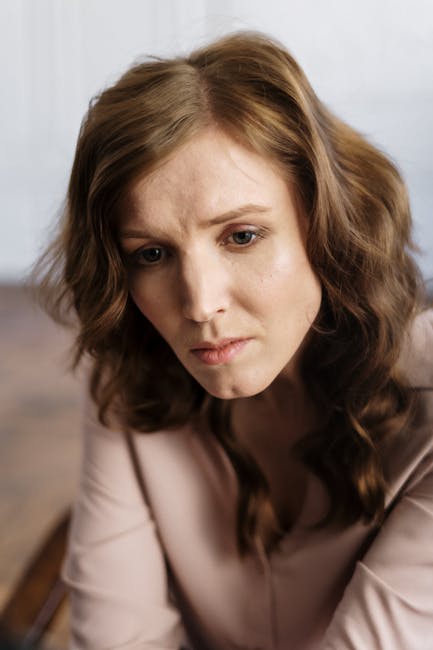James Donaldson note:
As I’m slowly getting on top of my physical health issues, I am turning more and more of my time and efforts towards mental health issues, especially pertaining to our young people and student-athletes. Having gone through a recent bout of depression and suicidal thoughts myself, I realize now, that I can make a huge difference in the lives of so many by sharing my story. Read James’ story:
Part of my efforts is presenting to you information and resources that can be helpful to the young people in your lives. I will soon be setting up a charitable nonprofit foundation, that will allow me to do a lot of work in this regard. Stay tuned!
Reading, writing, and math remain important for teachers, but local schools are dramatically increasing how much attention they pay to students’ coping skills, behavior, and mental health.
Districts are adding counselors and mental health therapists for at-risk students while implementing school-wide behavior and decision-making programs for all students. One of those programs, Positive Behavioral Interventions, and Supports, is mandated by the Ohio Department of Education.
“Student mental health is a growing concern,” Brookville Superintendent Tim Hopkins said. “We are implementing social and emotional curriculum to help students develop the personal tools to deal with these issues.”
Student mental health is a key factor in school safety, as students struggling to cope effectively with bullying and other social problems can, in some cases, lash out.
RELATED: Schools battling chronic absenteeism
Since at least the late 1990s, roughly 20 percent of children age 9-17 have exhibited some type of mental health concern, according to medical studies cited by ODE’s Health Care Support Toolkit. Half of those children, or 1 in 10 overall, had “significant functional impairment,” meaning the vast majority of classrooms are affected.
Mental health issues have existed for years for kids and families.
But some issues are increasing — Carroll High School Principal Matt Sableski cited a specific rise in anxiety and depression issues the past five years — and they’ve become much more of a classroom focus. The state’s new strategic plan calls for schools to focus on the “whole child,” not just academics.
Schools add staff, money
Many local schools reported increasing the number of counselors or mental health therapists they employ or boosting existing contracts with agencies such as South Community and Samaritan Behavioral Health.
That trend goes across all kinds of schools – from urban, high-poverty districts (Dayton) to wealthy suburban districts (Centerville and Oakwood), as well as smaller, more rural schools (Miami East and Newton).
Research shows that students’ exposure to traumatic events (also called adverse childhood experiences, or ACEs) has an impact on both school performance and overall health. ACEs can include being a victim of abuse or neglect, witnessing domestic violence or having a family member jailed.


